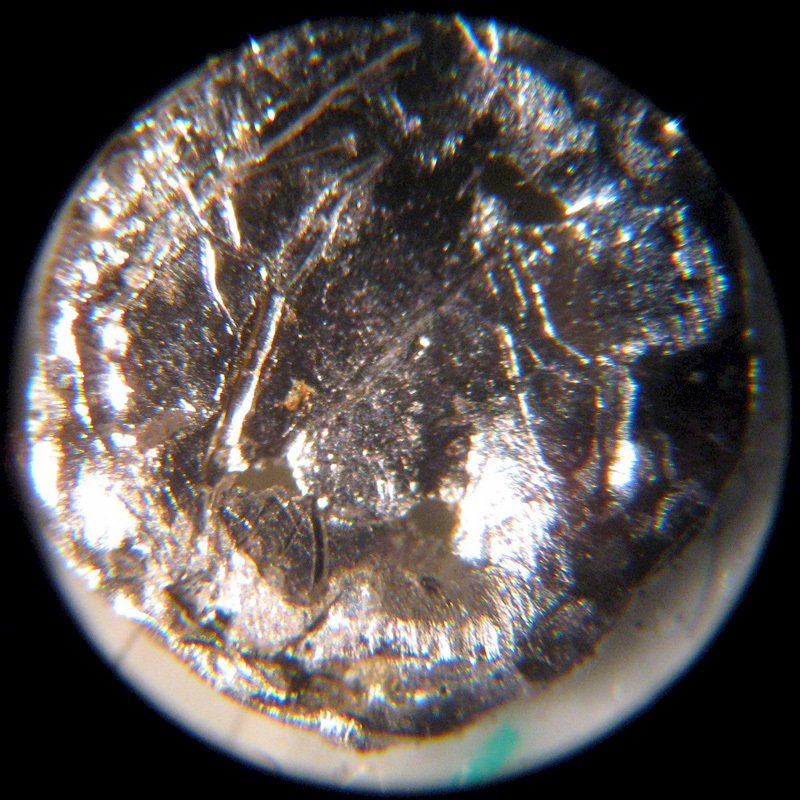Americium
95
Am
Group
n/a
Period
7
Block
f
Protons
Electrons
Neutrons
95
95
148
General Properties
Atomic Number
95
Atomic Weight
[243]
Mass Number
243
Category
Actinides
Color
Silver
Radioactive
Yes
Named after America
Crystal Structure
Simple Hexagonal
History
Americium-241 was first identified in 1944 by Glenn T. Seaborg, Ralph A. James, Leon O. Morgan and Albert Ghiorso at the metallurgical laboratory at the University of Chicago.
It was produced by irradiating plutonium with neutrons during the Manhattan Project.
Americium was first isolated as a pure compound by Burris Cunningham in 1945, at the University of Chicago.
It was produced by irradiating plutonium with neutrons during the Manhattan Project.
Americium was first isolated as a pure compound by Burris Cunningham in 1945, at the University of Chicago.
Electrons per shell
2, 8, 18, 32, 25, 8, 2
Electron Configuration
[Rn] 5f7 7s2
Americium often enters landfills from discarded smoke detectors
Physical Properties
Phase
Solid
Density
13.69 g/cm3
Melting Point
1449.15 K | 1176 °C | 2148.8 °F
Boiling Point
2880.15 K | 2607 °C | 4724.6 °F
Heat of Fusion
n/a
Heat of Vaporization
n/a
Specific Heat Capacity
-
Abundance in Earth's crust
n/a
Abundance in Universe
n/a

CAS Number
7440-35-9
PubChem CID Number
n/a
Atomic Properties
Atomic Radius
173 pm
Covalent Radius
180 pm
Electronegativity
1.3 (Pauling scale)
Ionization Potential
5.9738 eV
Atomic Volume
17.78 cm3/mol
Thermal Conductivity
0.1 W/cm·K
Oxidation States
2, 3, 4, 5, 6
Applications
Americium is used in commercial ionization chamber smoke detectors, as well as in neutron sources and industrial gauges.
Americium-241 has been used as a portable source of both gamma rays and alpha particles for a number of medical and industrial uses.
It is also used as a target material in nuclear research to make even heavier elements.
Americium-241 has been used as a portable source of both gamma rays and alpha particles for a number of medical and industrial uses.
It is also used as a target material in nuclear research to make even heavier elements.
Americium is harmful due to its radioactivity
Isotopes
Stable Isotopes
-Unstable Isotopes
229Am, 231Am, 232Am, 233Am, 234Am, 235Am, 236Am, 237Am, 238Am, 239Am, 240Am, 241Am, 242Am, 243Am, 244Am, 245Am, 246Am, 247Am, 248Am, 249Am